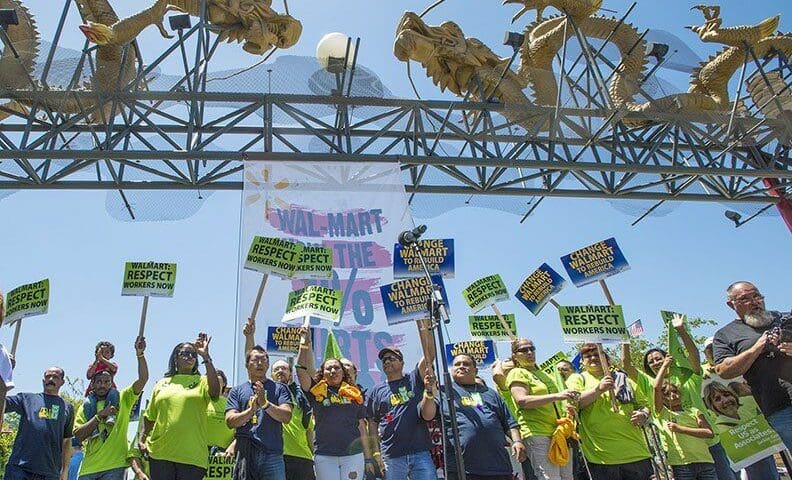
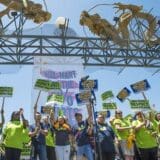
Last Saturday, thousands of people made history in Chinatown at the largest Walmart protest ever held. Spurred by Walmart’s attempt to build its first L.A. grocery store in Chinatown, the crowd, many wielding handmade protest signs, marched from Los Angeles State Historic Park (the Cornfield) through one of L.A.’s oldest neighborhoods.
They came to fight what Walmart’s presence in this community, and others across Los Angeles, would bring: low-wage jobs, the destruction of local businesses and the spirit-crushing replacement of local character with chain store sameness.
At the main rally, underneath the iconic dragon gates on Broadway and Cesar Chavez Avenue, participants listened to a lineup of speakers and entertainers, the latter including Grammy winners Tom Morello and Ben Harper. Among the most compelling were current Walmart workers scraping by on poverty wages and reliance on government assistance, and community leaders concerned about the destruction of their cultural heritage Walmart would cause.
» Read more about: Thousands March and Rally Against Walmart in LA »
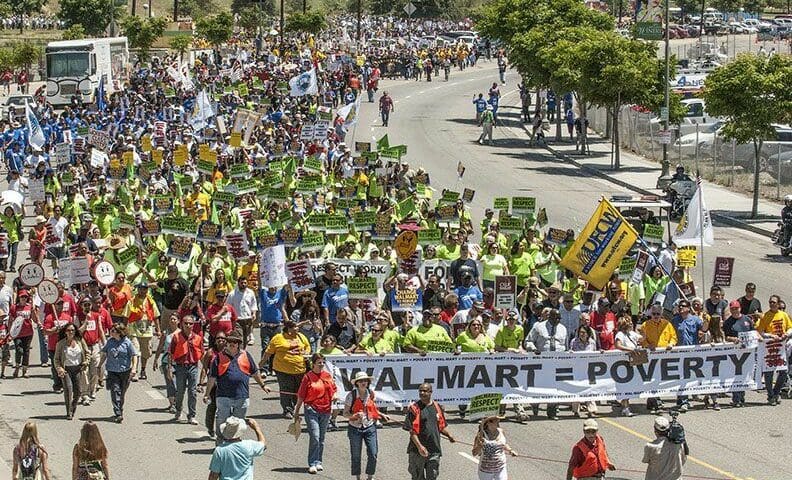

Under clear skies and searing heat, thousands turned out on June 30 to protest Walmart’s controversial plan to open its first L.A. grocery store in Chinatown. Among the featured speakers at the event was Grishriela Green — one of dozens of current Walmart employees who joined the march and rally, bringing with them a distinctly personal perspective on the retail giant.
Green, who was hired by Walmart’s store in the Crenshaw District three and a half years ago, was raised in a family that imbued her with an understanding of the importance of hard work, and of speaking one’s mind. When the Crenshaw Walmart first opened, Green was optimistic about the effect it would have on her life and community, but quickly became disillusioned with the corporation’s claims.
“One of the promises, which is a half-truth, is it’s a career opportunity for each and every associate,” said Green. “Even after 20 years,


The 1936 Republican presidential candidate, Alf Landon, based his bid to defeat FDR on repealing Social Security. In a campaign speech Landon promised: “We must repeal. The Republican Party is pledged to do this.” That year’s election night tally revealed who was in touch with Americans and who wasn’t. FDR: 523 electoral votes; Landon: 8 electoral votes.
And another crazy coincidence. In 1937, U.S. Supreme Court Justice Owen ROBERTS switched his vote and found the Washington state minimum wage constitutional (from an earlier N.Y. case in which the high court had found the minimum wage unconstitutional).
Two weeks later, the Supreme Court found the National Labor Relations Act constitutional. Two days after that a U.S. Appeals Court ruled that Social Security was unconstitutional. Six weeks later, the Supreme Court found it constitutional.
» Read more about: Court Ghosts: And You Thought Obama Had It Tough »


This week the Natural Resources Defense Council (NRDC) released Testing the Waters: A Guide to Water Quality at Vacation Beaches. For some of us, reading the annual report card – or at least hearing its scarier parts summarized on the Six O’clock News – has become a summer ritual, the last piece of broccoli we must swallow before happily heading to our favorite polluted shoreline.
This year’s guide looks at the state of beaches in 2011 and rates them. Among its findings:
» Read more about: Beached: NRDC Rates Our Shorelines for Pollution »
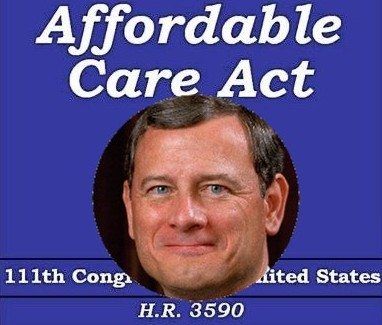

 As Duke Law School professor Jed Purdy explained yesterday in his sensible, humane and far-sighted take on the Court’s decision on the Affordable Care Act:
As Duke Law School professor Jed Purdy explained yesterday in his sensible, humane and far-sighted take on the Court’s decision on the Affordable Care Act:
“Justice Roberts’ opinion makes him a hero for a day to many liberals. It also moves the Court, at a stately pace, toward an aggressively right-wing view of the federal government’s power. Moreover, it keeps the Court at the very heart of issues where it does not belong. For all its obvious appeal, it is self-aggrandizing and far more radical in its reasoning than in its outcome. That reasoning may have serious consequences down the road.”
Purdy refers in part to Justice Roberts’ endorsement of a narrow view of the Commerce Clause shared by the dissenting justices (Kennedy, Alito, Scalia, and Thomas), who would have struck down the Act in its entirety. (Roberts allowed the individual mandate to stand on the strength of Congress’ constitutional power to tax.
» Read more about: Roberts Rules: Why the Obamacare Victory Is No Win »


Update: KPPC FM’s Hayley Fox reports that L.A. City Councilwoman and mayoral candidate Jan Perry is also declining Walmart campaign funds.
Los Angeles’ two top mayoral candidates announced Thursday they will not accept campaign contributions from Walmart, which is locked in a battle with community and labor groups over the retail giant’s plans to open a 3300-square-foot grocery store in Chinatown.
The pledges by L.A. City Councilman Eric Garcetti and his chief opponent, City Controller Wendy Greuel, bring new focus to Saturday’s protest march and rally against Walmart. Both candidates have endorsed the June 30 action.
“Los Angeles loses if we run a race to the bottom in terms of wages and working conditions,” Garcetti said. “Our economy needs good middle class jobs to get back on track, and that’s what we should be working toward.”
The two candidates urged other elected politicians to also refuse money from Walmart.
» Read more about: Garcetti and Greuel Take the Pledge: No Walmart Money »
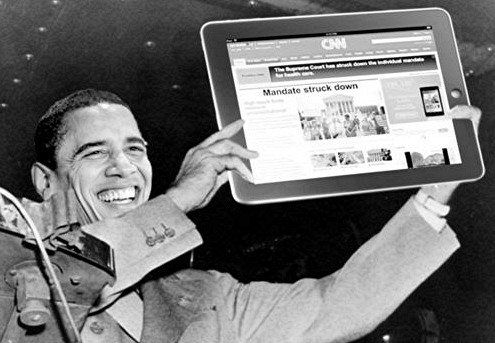
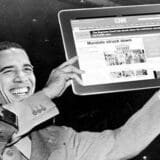
By a 5-4 vote, the U.S. Supreme Court has upheld most provisions of the Affordable Care Act. In the court’s most closely watched decision in decades, the majority ruled ACA’s provision mandating that individual citizens enroll in health-care programs was a constitutional imposition of a tax. On the other hand, the justices ruled against the expansion of Medicare.
A statement issued by California’s United Nurses Associations of California/Union of Health Care Professionals hailed the court’s decision. The statement quoted union Secretary-Treasurer Barbara Blake, RN:
“This is not just an abstract legal decision. Real lives and the heartbreak of real families will be saved because of it. We’ve got more people in California dying each year because they don’t have health insurance than any other state in the country. But thanks to the Affordable Care Act, the vast majority of us will be covered.”
See these stories:
New York Times (“HEALTH LAW STANDS”
Los Angeles Times (“Healthcare law upheld as a tax measure”)
Washington Post (“What the Supreme Court’s decision on the health-care law may mean for you”)
Talking Points Memo (“SUPREME COURT UPHOLDS ‘OBAMACARE’”
» Read more about: Split Court Vote Upholds Most of Affordable Care Act »


As thousands prepare to hit the streets of L.A.’s historic Chinatown on Saturday, June 30, for the largest protest against Walmart ever held in the U.S., several acclaimed musicians, including three Grammy winners, are joining the growing effort to stop the world’s largest retailer from opening in Chinatown and expanding across Los Angeles with poverty-level jobs and practices that hurt local businesses and communities. Musicians are also backing hundreds of Walmart workers who will march on June 30 to demand Walmart treat them with respect and provide wages that can support families.
Grammy Award-winning singer-songwriter, actor and author Steve Earle made a video from a recording studio in Nashville to support the march against Walmart in Los Angeles on June 30. After singing a few lines from his new song, Earle says, “If I wasn’t [in Nashville making a record] I would love to be in Chinatown,
» Read more about: Musicians Stand Up to Walmart in Los Angeles »


Walmart soon turns 50. What better time for a makeover, a little freshening up –a rebranding, perhaps? Maybe a new look to go along with a move from the ‘burbs to the Big City.
The Big W is hoping a fresh face will help as it moves to crack an urban market worth as much as $100 billion. Walmart has overbuilt in rural and suburban areas to the point of cannibalization, one Walmart Supercenter devouring the profits of the other. The loser is left to die—and the vacant space is left to whatever retailer can afford to move in (and is not a Walmart competitor) A PBS documentary reported in 2001 that Walmart had left behind more than 25 million square feet of unoccupied space across the country.
Walmart U.S President and CEO Bill Simon rolled out the makeover concept last year at the Bank of America Merrill Lynch Consumer Conference.
» Read more about: Walmart at 50: Still Greedy After All These Years »